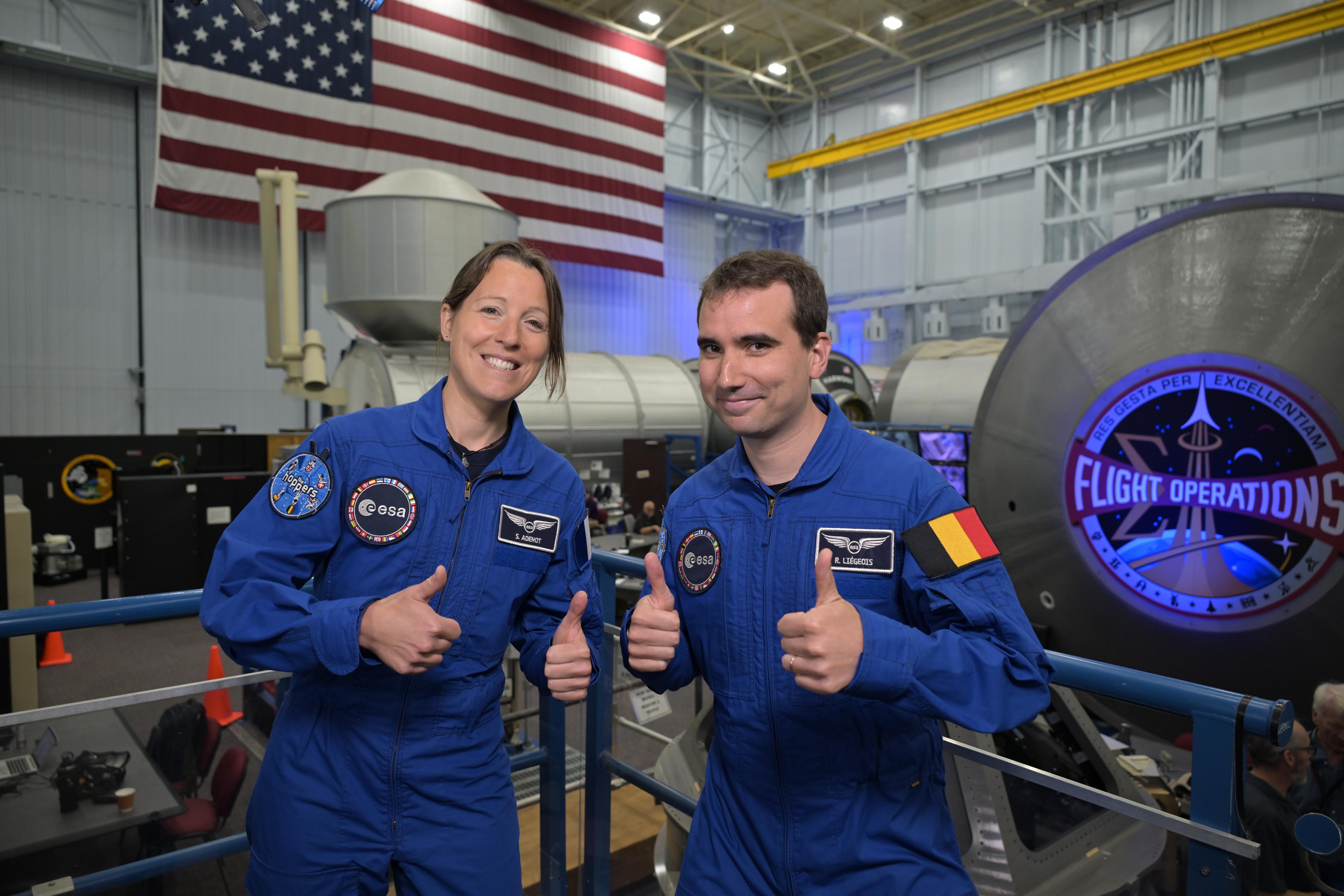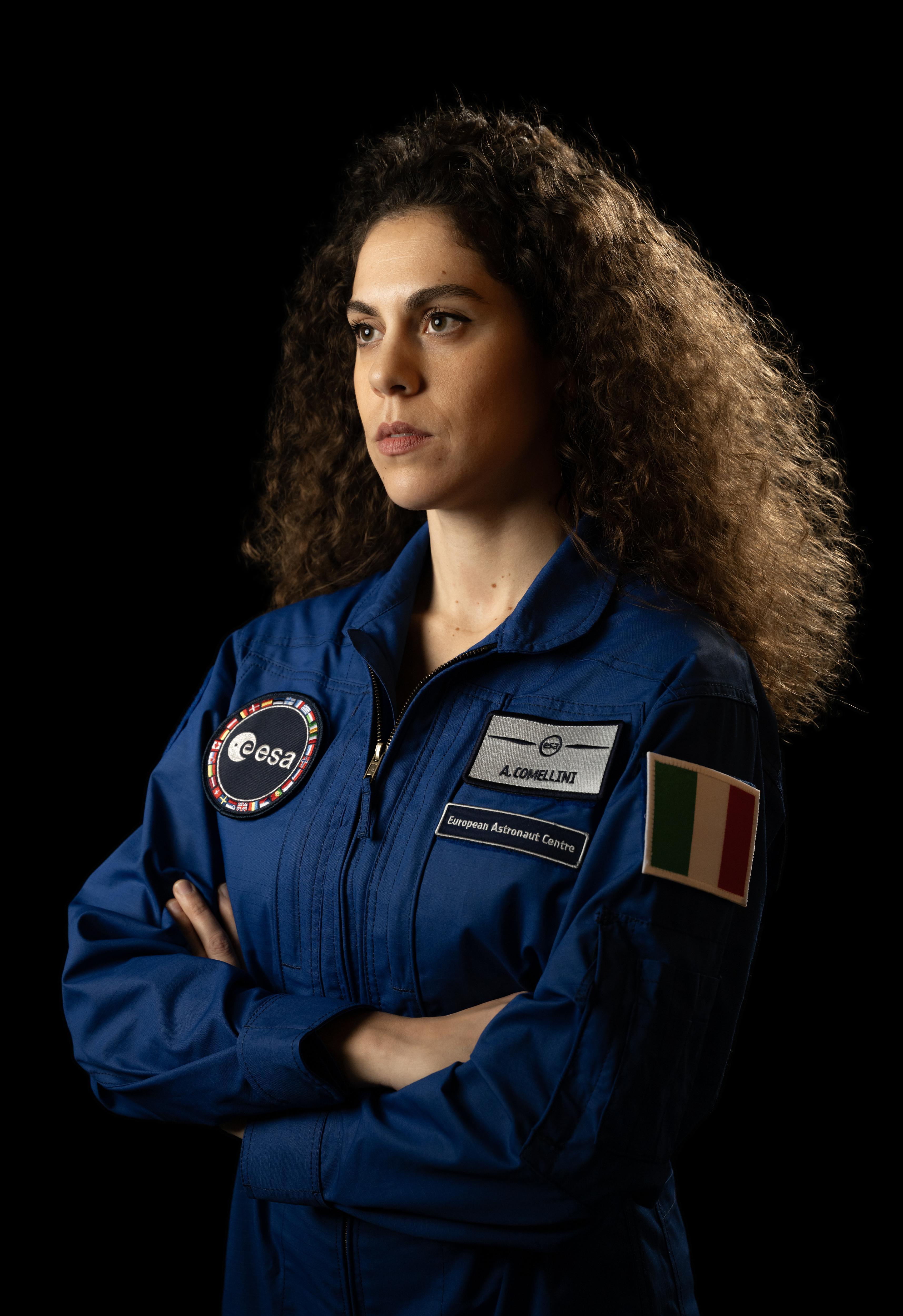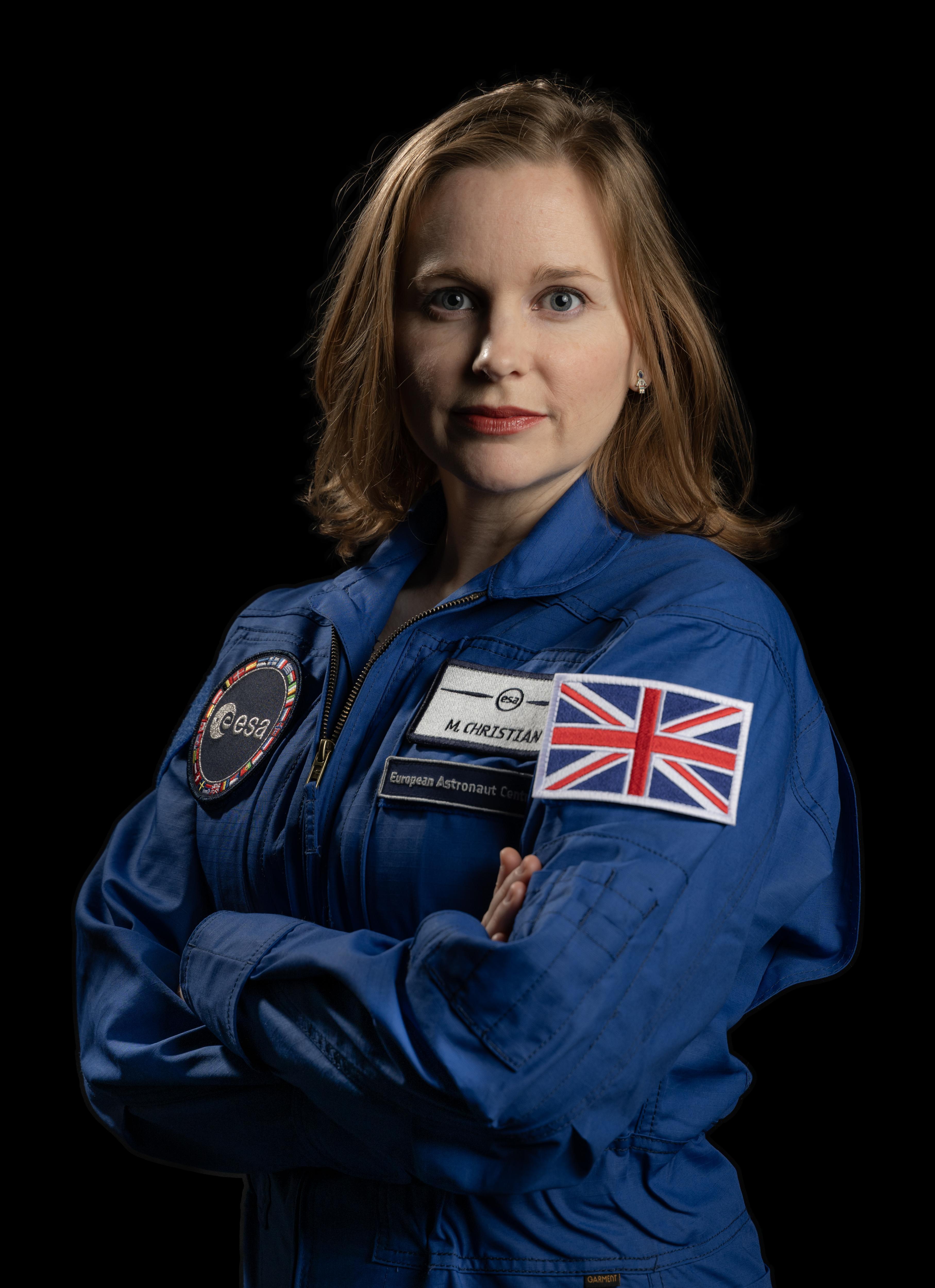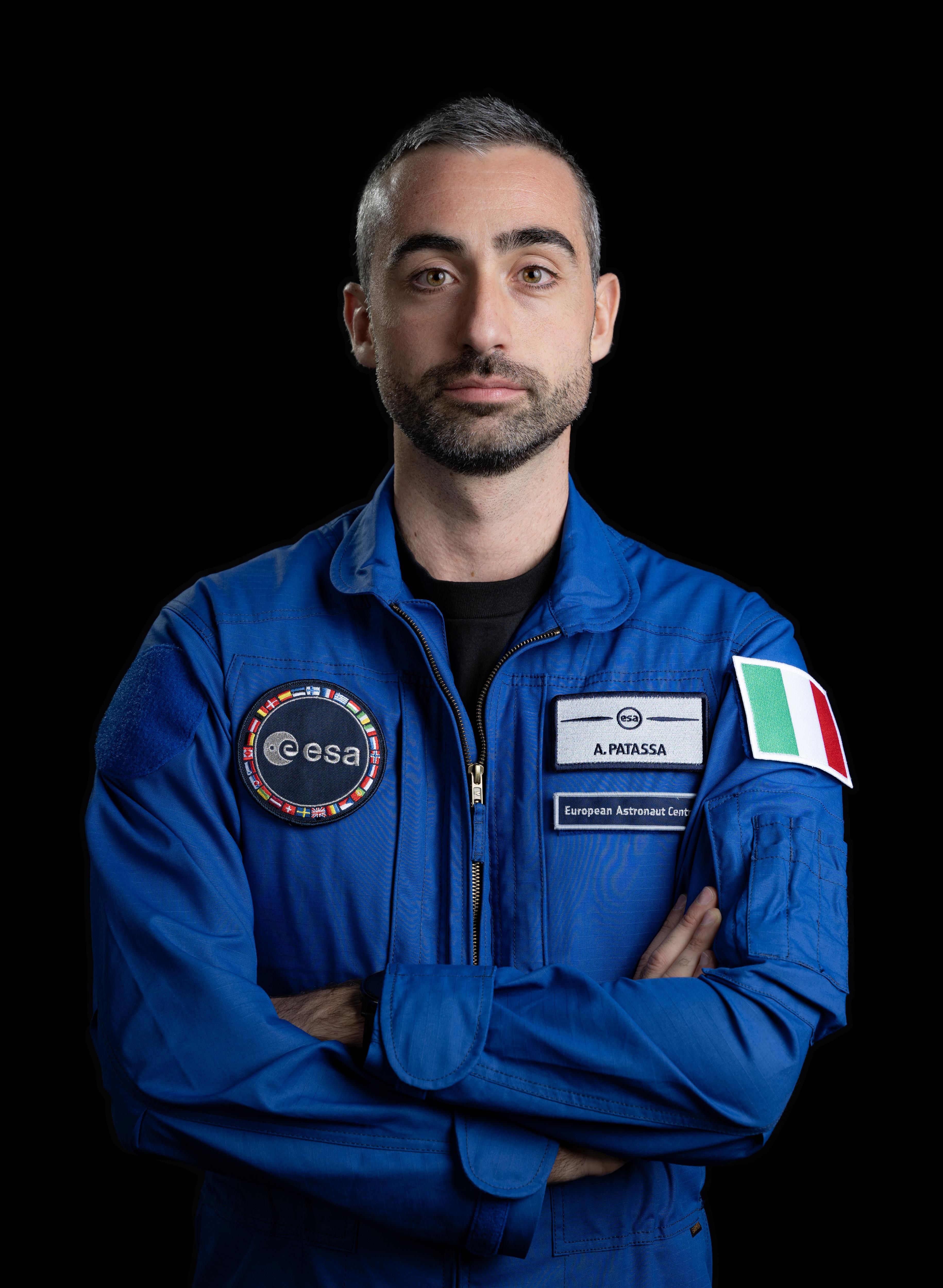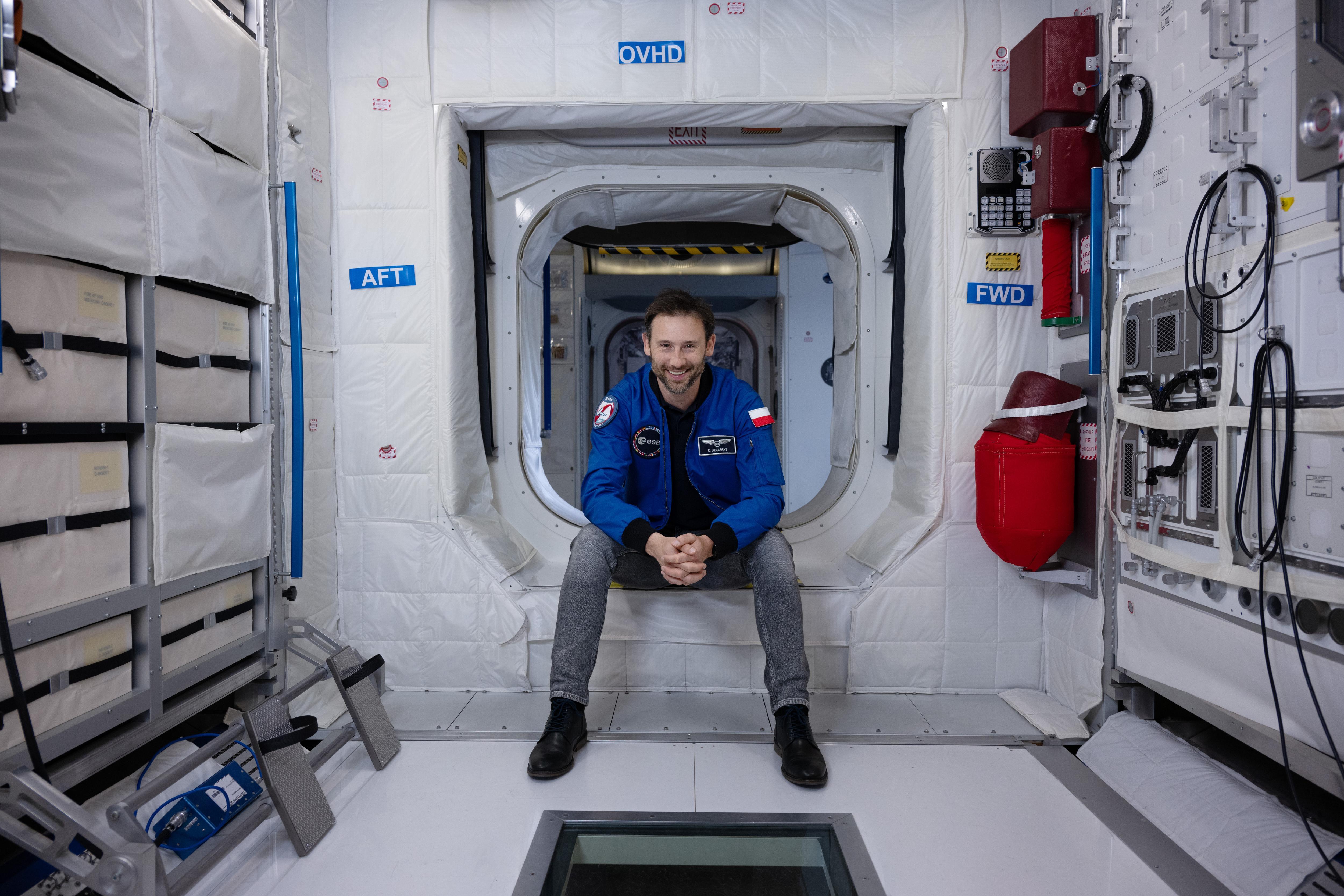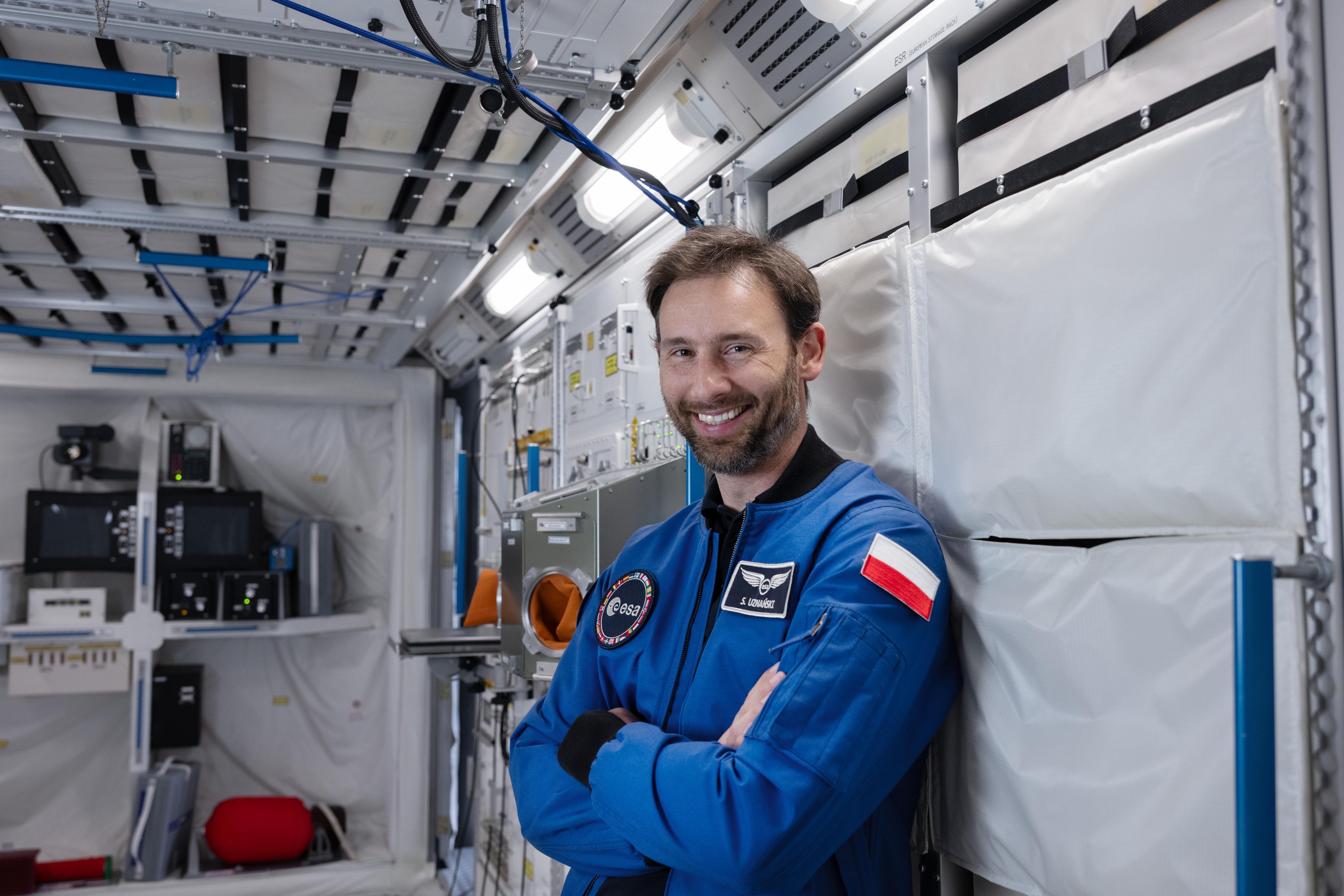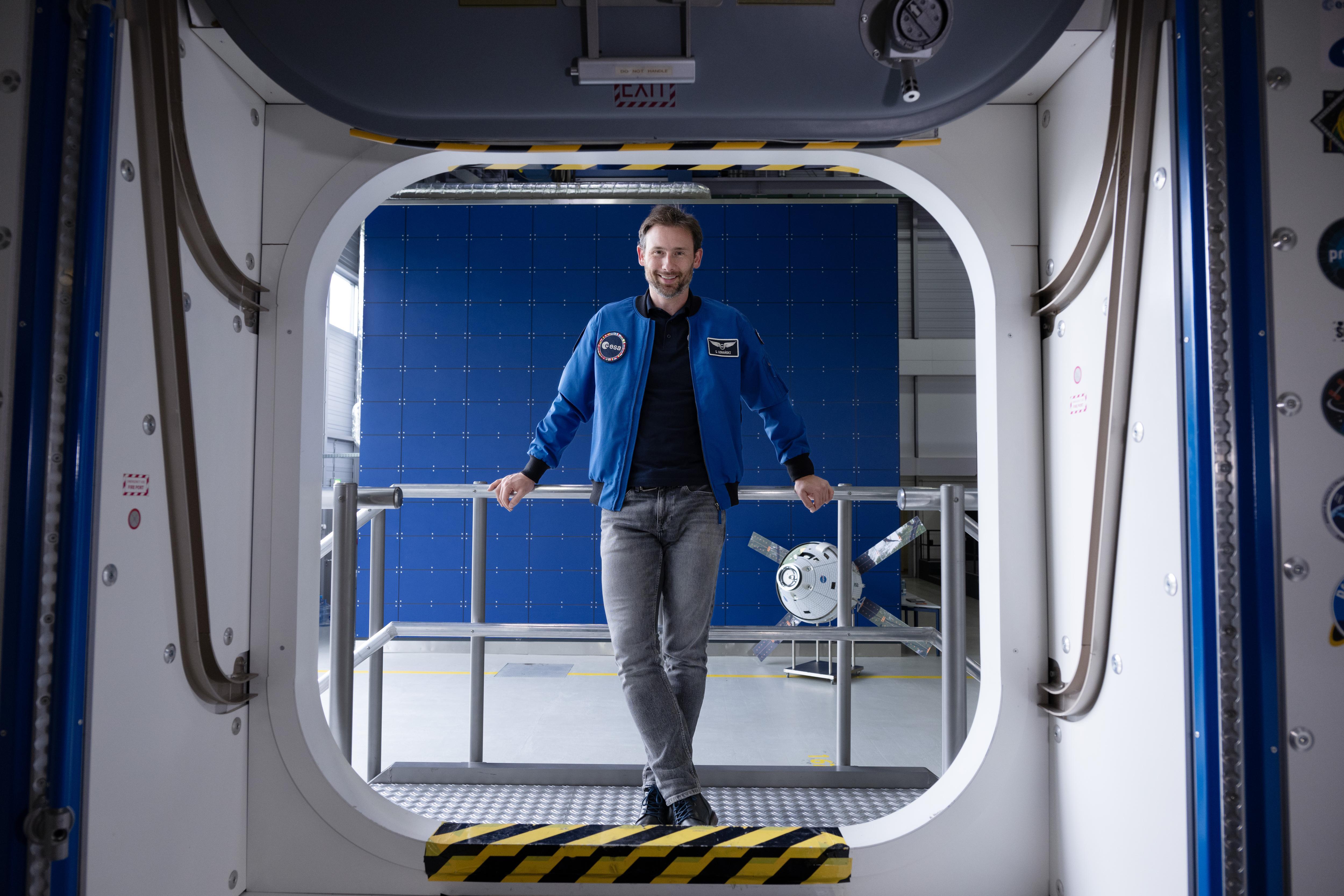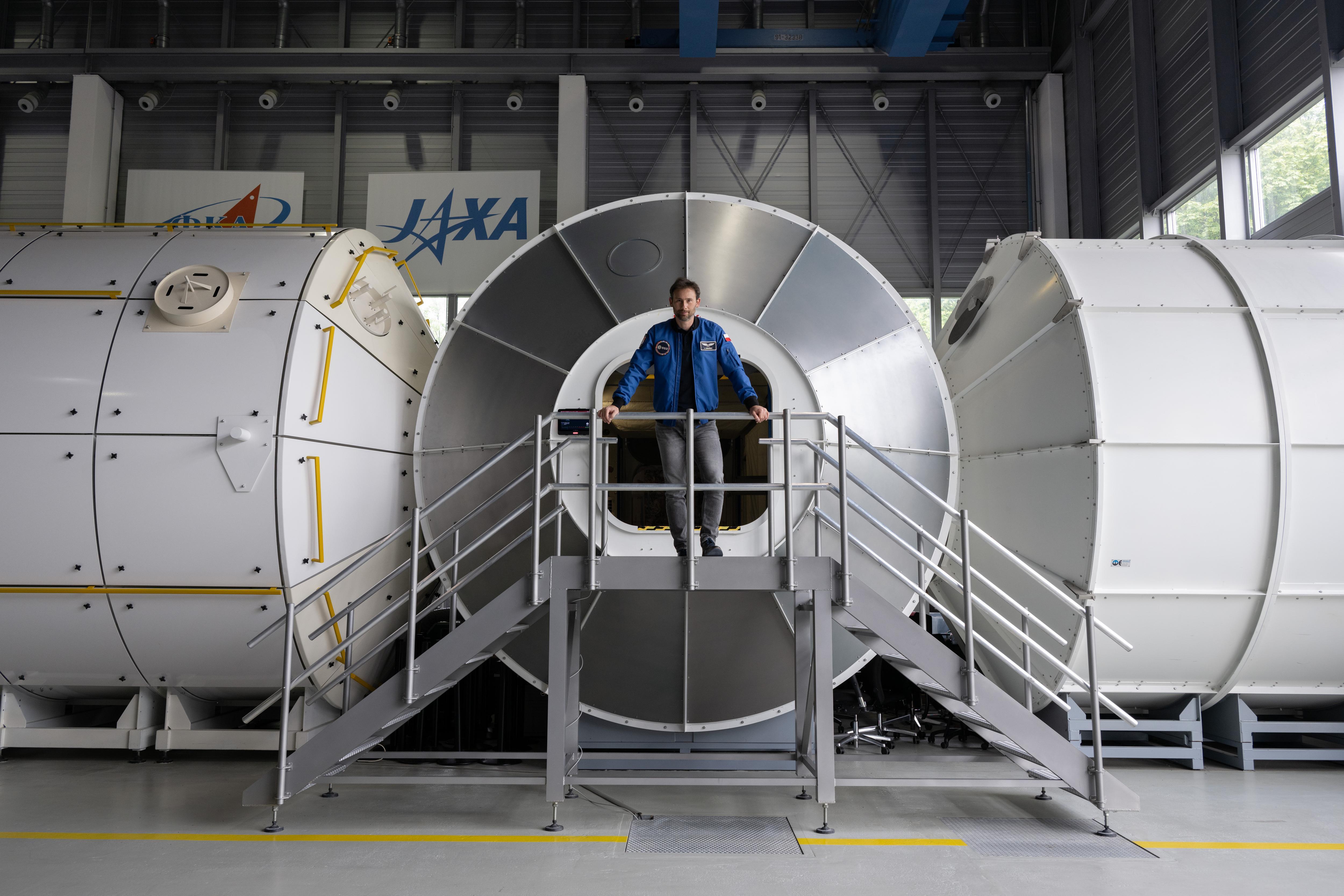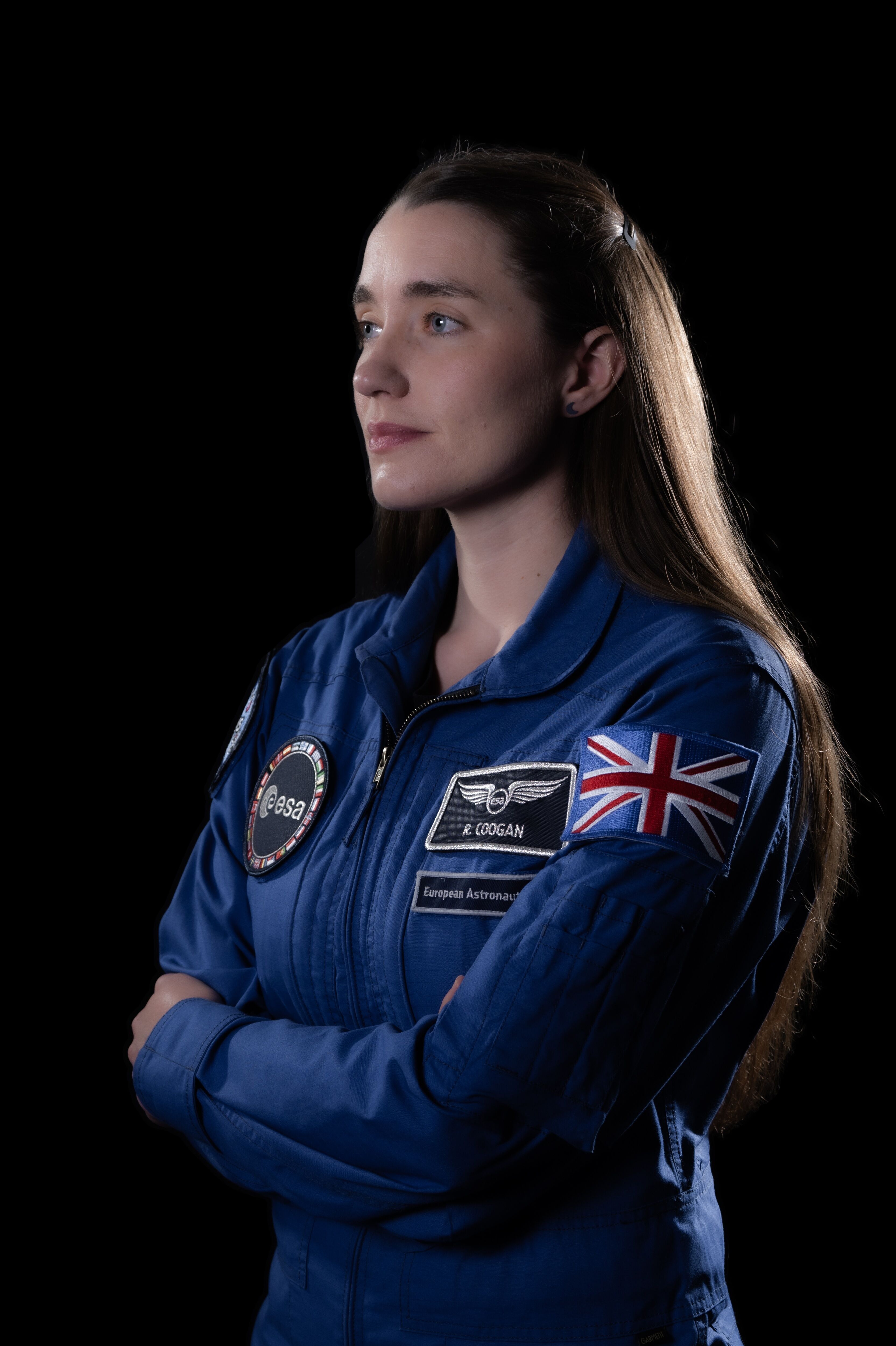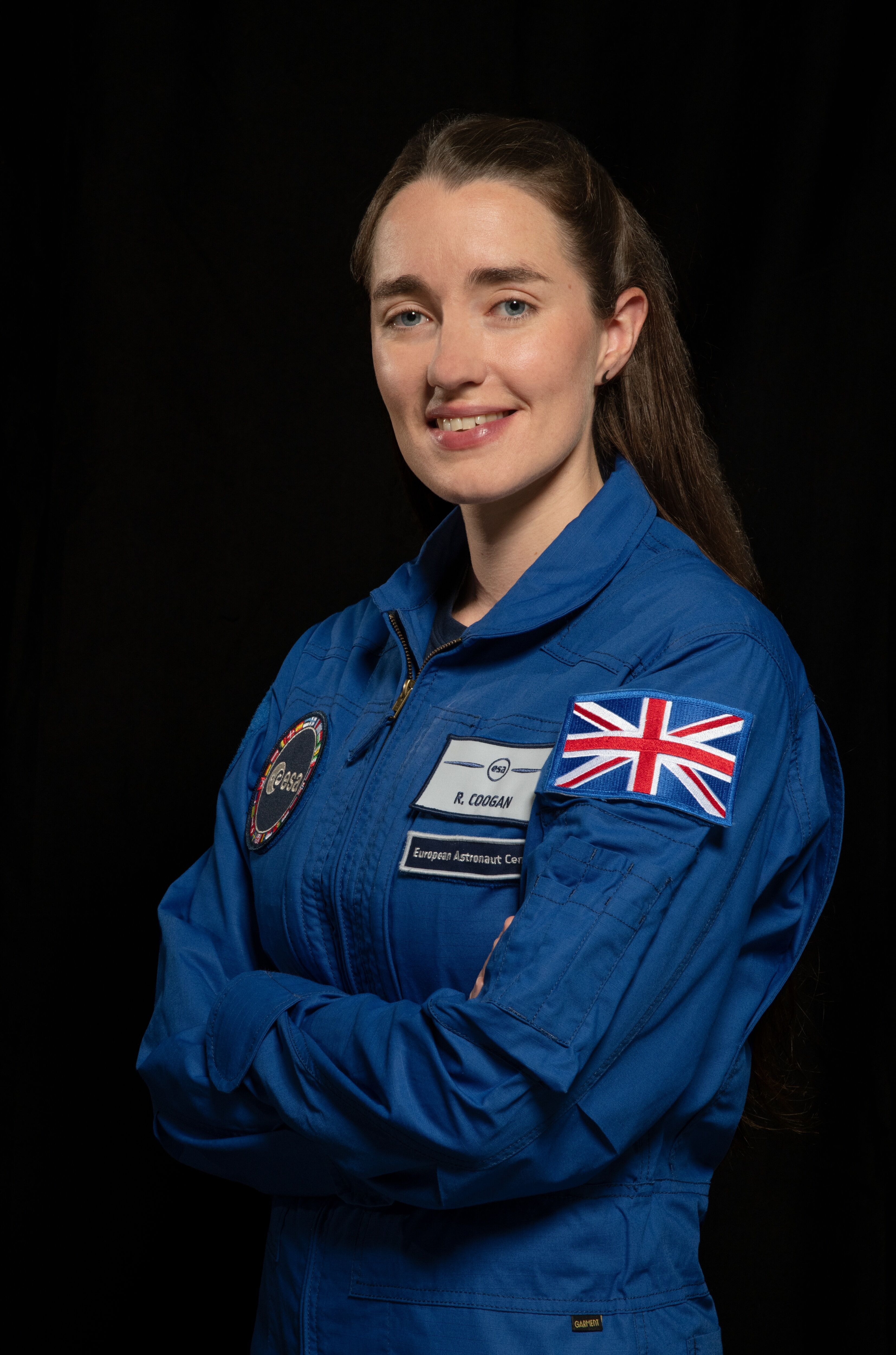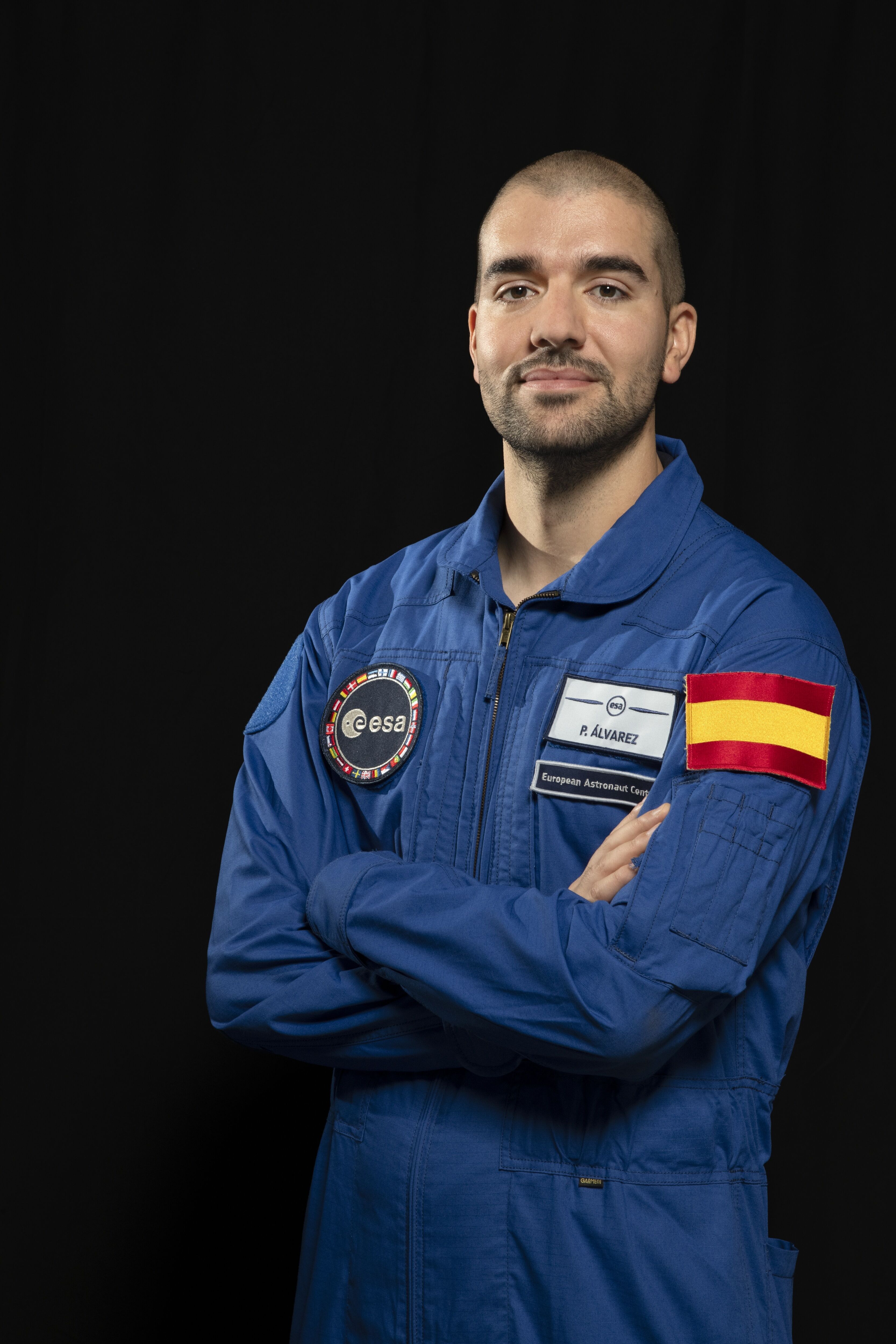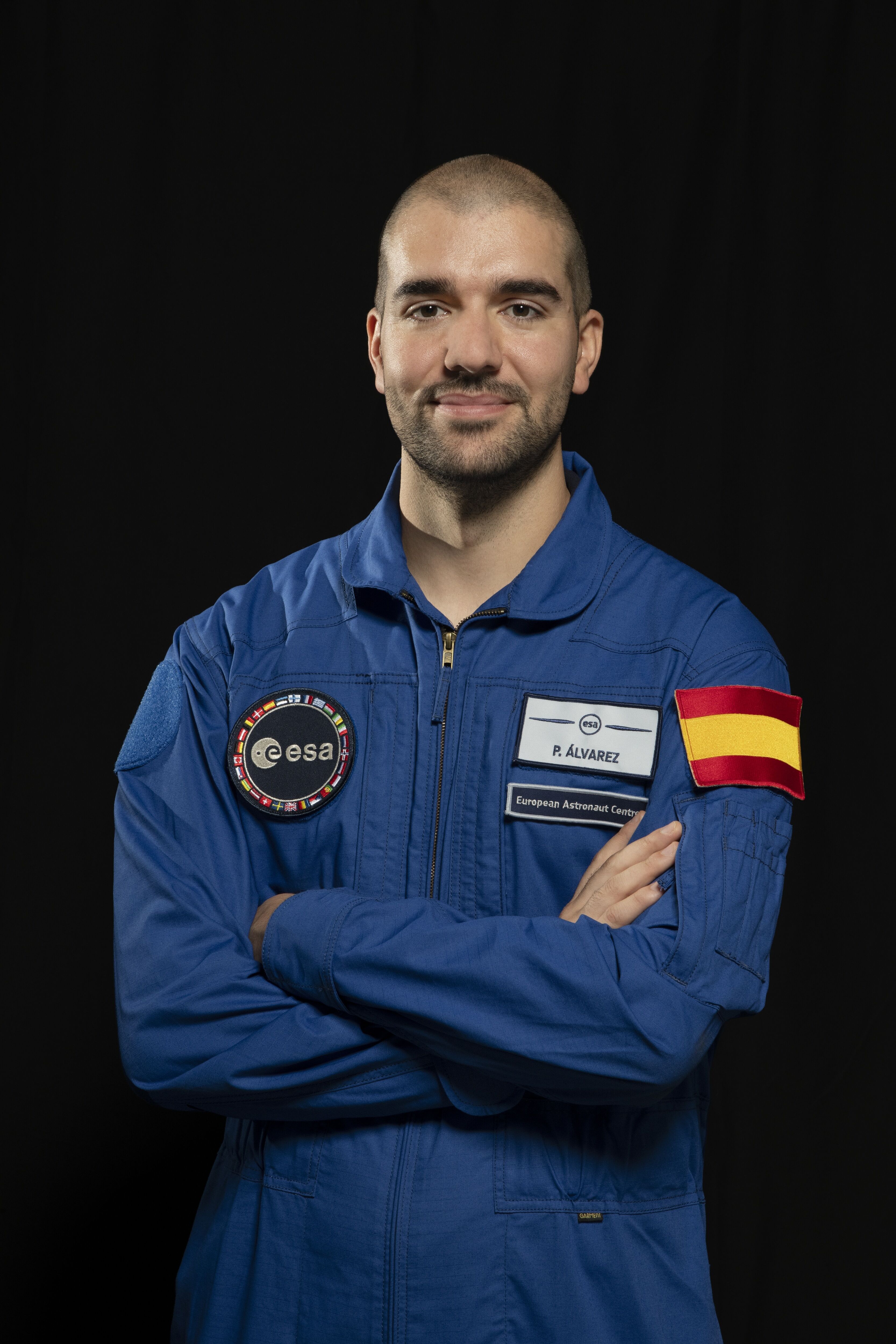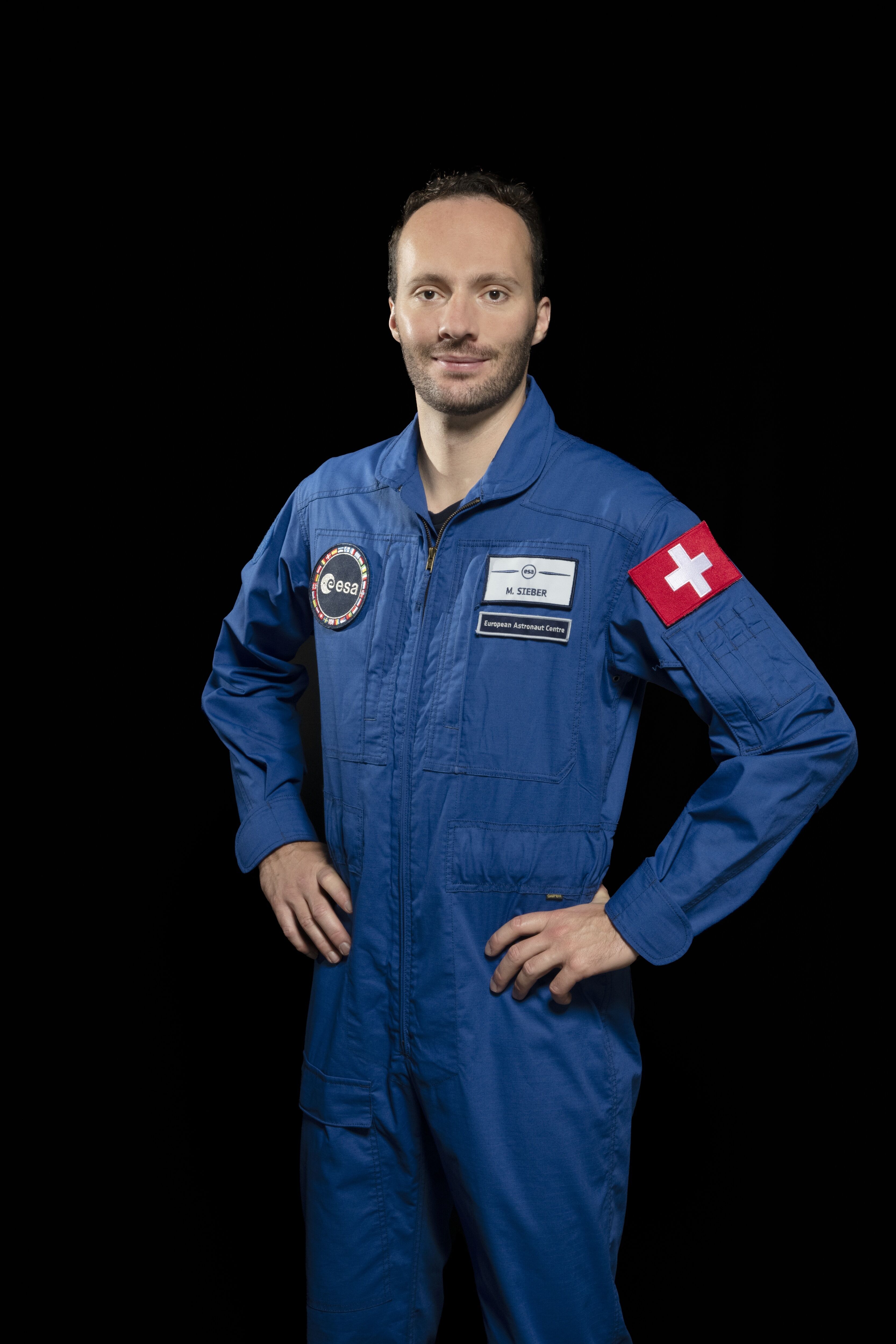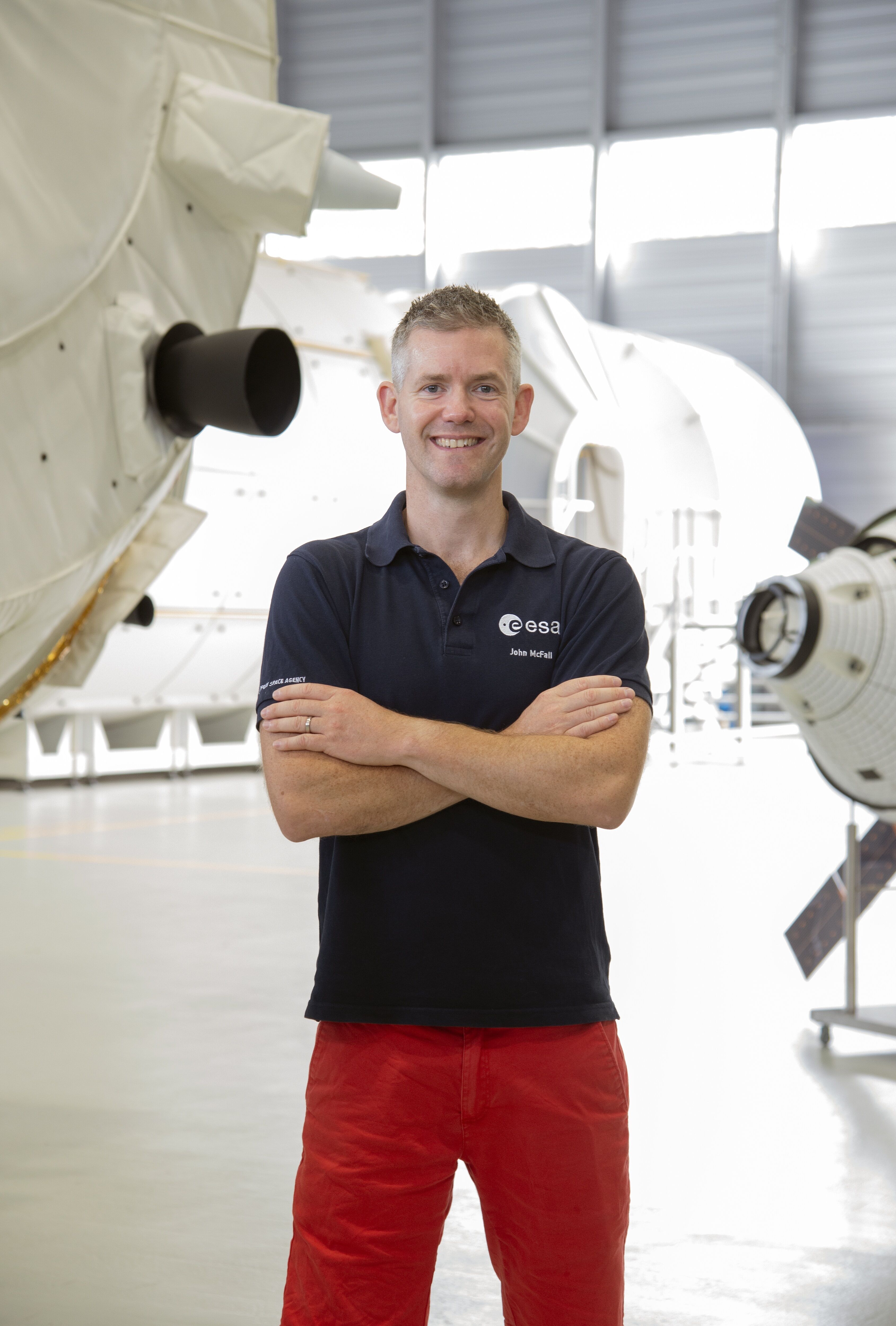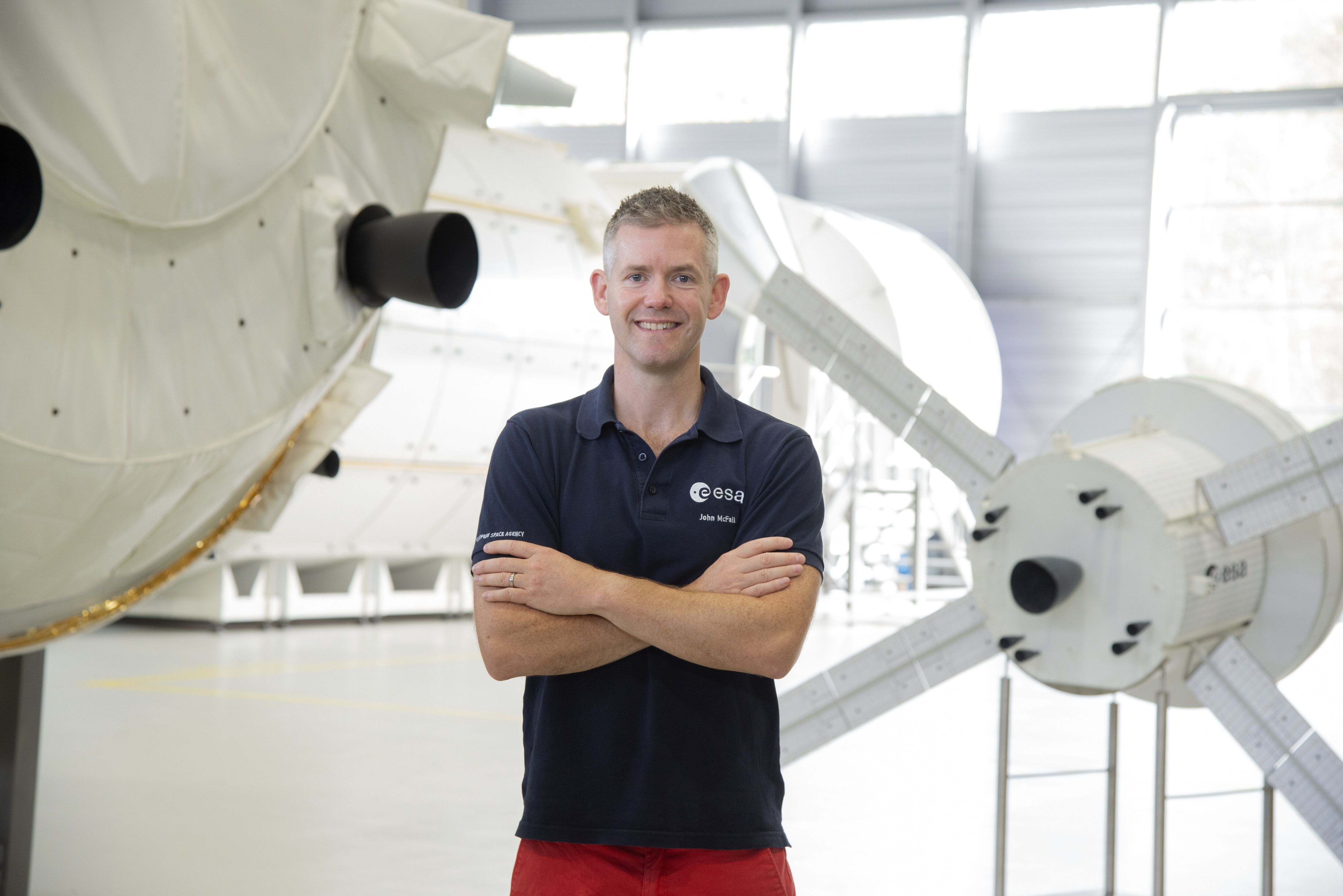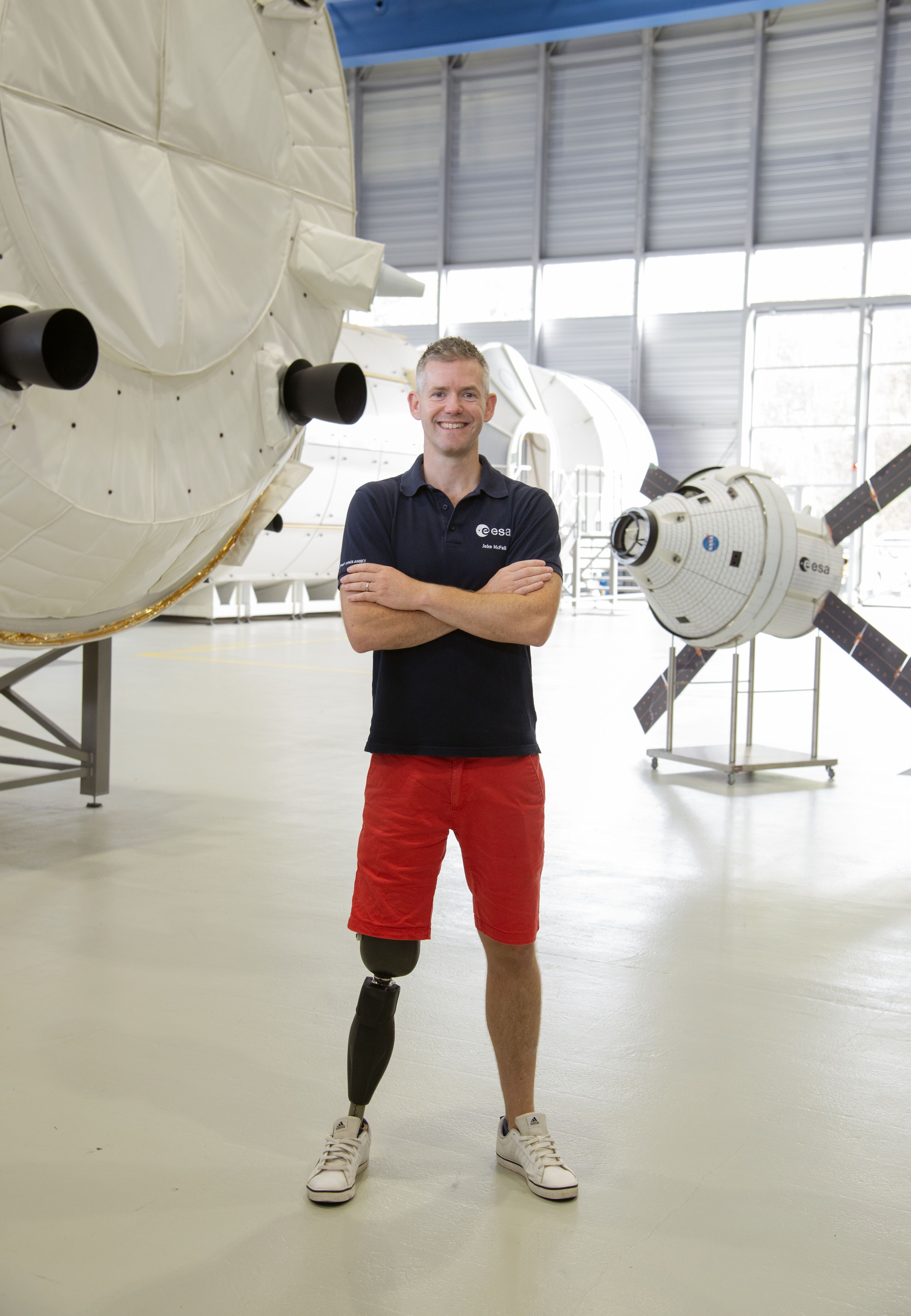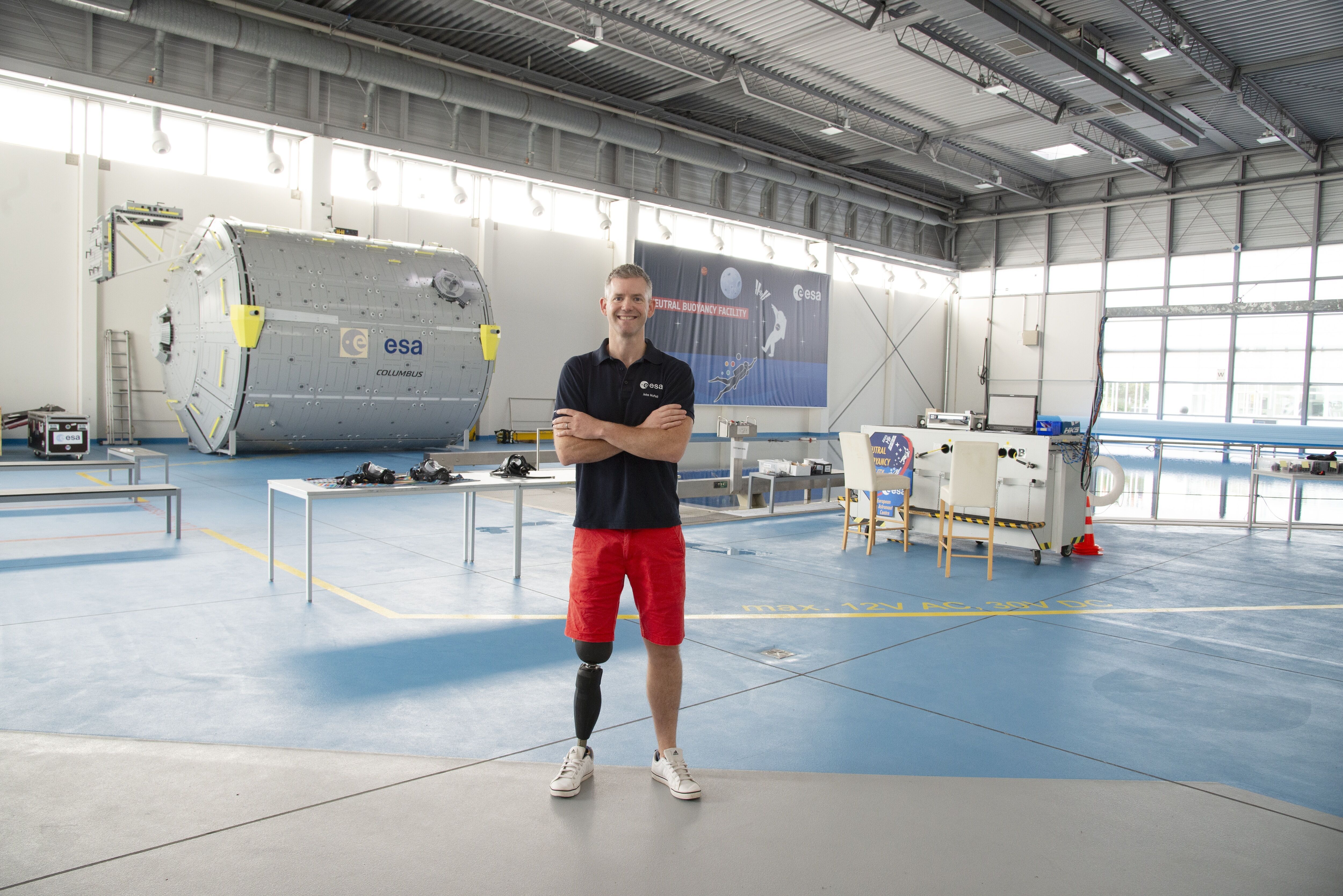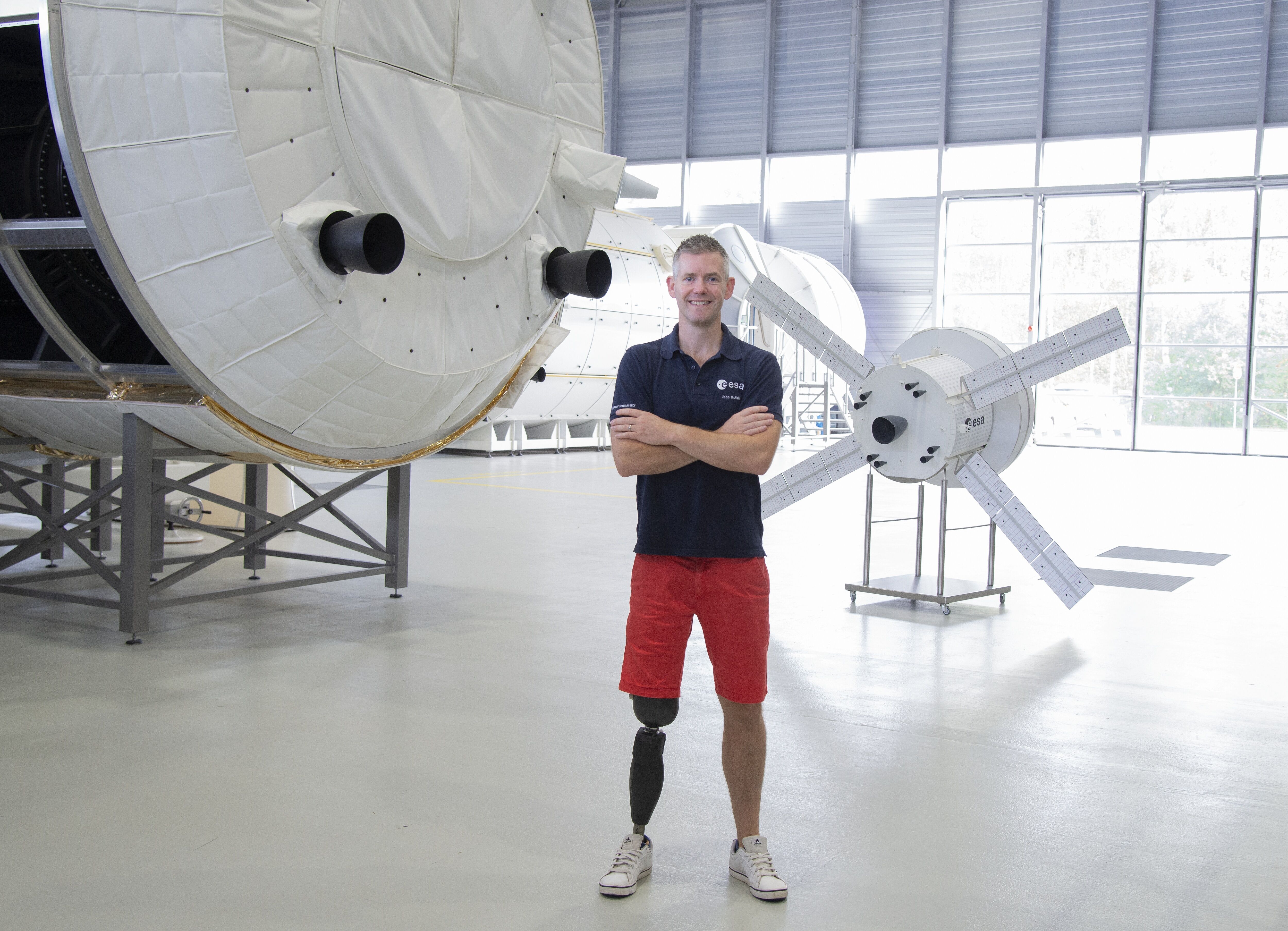Haignere Jean-Pierre (France)Astronaut Portraits
Jean-Pierre Haigneré portrait
Please sign in to download.
Jean-Pierre Haigneré portrait, for the Perseus mission. Personal data Born 19 May 1948 in Paris, France, three children, enjoys flying all types of aircraft (sea planes, WW2 fighter planes, helicopters), golf, funboard, playing saxophone and reading. Education In 1971 he graduated as an engineer from the French Air Force Academy at Salon-de-Provence and qualified as a fighter pilot at Tours in 1973. In 1981 he graduated from the Empire Test Pilots School (ETPS) at Boscombe Down, England, where he won the "Hawker Hunter" and "Patuxent shield" awards. He studied astrophysics at the University of Orsay, France, from 1986 to 1987. Organisations Jean-Pierre Haigneré is "corresponding member" of the Académie de l'Air et de l'Espace and Chairman of the space committee at the Aéroclub de France Special Honours Jean-Pierre Haigneré is "Commandeur de la Légion d'Honneur", "Chevalier de l'Ordre National du Mérite" and holds the "Médaille de l’Aéronautique". He holds the Russian "Order of Friendship" and the Russian "Medal for Personal Courage" awarded by President Yeltsin. He was awarded the "Grand Prix de l'Académie de Lutèce" in 1994. In March 2000, he was awarded the "Médaille d’or de l’Aéroclub de France". Experience From 1973 until 1980, Jean-Pierre Haigneré was a fighter pilot, then Squadron Leader on Mirage 5 and Mirage IIIE aircraft. He was posted to the Bretigny-sur-Orge Flight Test Centre in 1981 as the project test pilot for the Mirage 2000N aircraft and was appointed Chief Test Pilot in 1983. He has logged 5500 hours flying on 105 different types of aircraft, including 1800 hours of test flight time. He holds a commission as Général in the French Air Force. He also holds current test pilot and air transport professional licenses, Airbus A300 and A320 qualifications, helicopter private license, mountain and seaplane rating. Jean-Pierre Haigneré was selected as an astronaut by the French National Space Agency (CNES) in September 1985. From 1986 to 1989 he headed the Manned Flight Division of the Hermes and Manned Flight Directorate, and took part in preliminary studies for the Hermes spaceplane. He also developed and fine-tuned the Zero G Caravelle programme (parabolic flights), subsequently becoming technical and operational officer-in-charge. From December 1990 Jean-Pierre Haigneré underwent training at Star City, near Moscow, as a back-up crewmember for the French-Russian Antares spaceflight. He was selected as prime crew for the Altaïr mission in 1992, undergoing seven month training for a 21-day mission on board the Mir space station, which successfully took place from 1 to 22 July 1993. In 1995 and 1996, he was involved at the Kaliningrad Russian Space Control Centre in the operational aspects of the ESA Euromir 95 and French Cassiopée manned spaceflights. He then returned to France where he was in charge, as test pilot, of flight assessment of the new Airbus Zero-G aircraft. From 1997 till end of June 1998 Jean-Pierre Haigneré trained at Star City for the 6th French-Russian "Pegase" spaceflight. In June 1998, Jean-Pierre Haigneré joined ESA's European astronaut corps, whose homebase is ESA's European Astronaut Centre in Cologne, Germany. On February 20, 1999 the Soyuz TM29 was launched with Haigneré and his crew to the MIR station for the Perseus mission. He performed a six-months mission with Viktor Afanasyev and Sergej Avdeyev. They left MIR uninhabited in a stand-by mode and landed in Kazakhstan on 28 August 1999. Spaceflight experience 21-day French-Russian mission (called Altaïr) to the MIR Space Station (1 July – 22 July 1993). On 20 February 1999, Haignere was the first non-Russian to be launched as Soyuz on-board engineer to the Russian MIR Space Station on a mission called "Perseus". The experimental programme comprised the continuation of former French experiments from "Cassiopée" and "Pegase" missions, and new experiments from France, Germany and ESA in the field of life science, physics and biology. During his flight, Haigneré also carried out a spacewalk (EVA) to perform biological and comet dust experiments outside MIR. Haigneré also worked as on-board engineer for the MIR Space Station. "Perseus" was a long-duration flight of nearly 189 days. The landing took place on 28 August 1999. It is the longest flight ever performed by a non-Russian astronaut. Current assignment Since 2 November 1999 he has been Head of the Astronaut Division at the European Astronaut Centre, Cologne.
